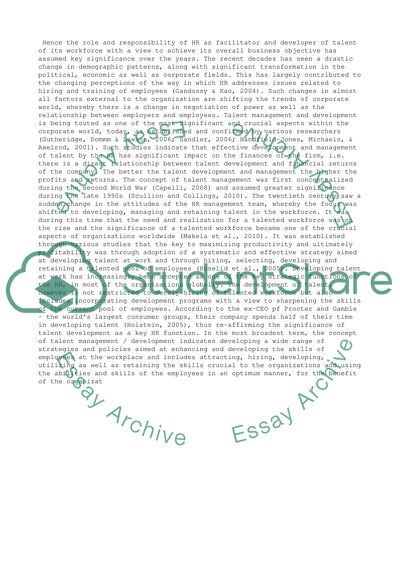Cite this document
(“Role of HR in Developing Talent at Work Literature review”, n.d.)
Role of HR in Developing Talent at Work Literature review. Retrieved from https://studentshare.org/business/1434432-role-of-hr-in-developing-talent-at-work
Role of HR in Developing Talent at Work Literature review. Retrieved from https://studentshare.org/business/1434432-role-of-hr-in-developing-talent-at-work
(Role of HR in Developing Talent at Work Literature Review)
Role of HR in Developing Talent at Work Literature Review. https://studentshare.org/business/1434432-role-of-hr-in-developing-talent-at-work.
Role of HR in Developing Talent at Work Literature Review. https://studentshare.org/business/1434432-role-of-hr-in-developing-talent-at-work.
“Role of HR in Developing Talent at Work Literature Review”, n.d. https://studentshare.org/business/1434432-role-of-hr-in-developing-talent-at-work.


